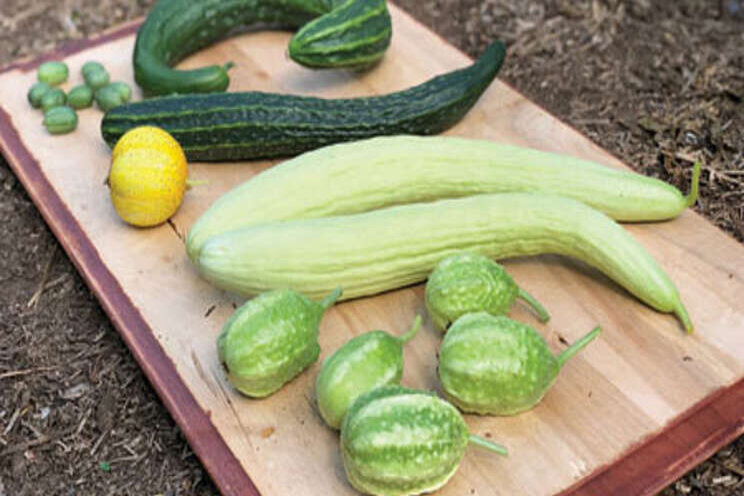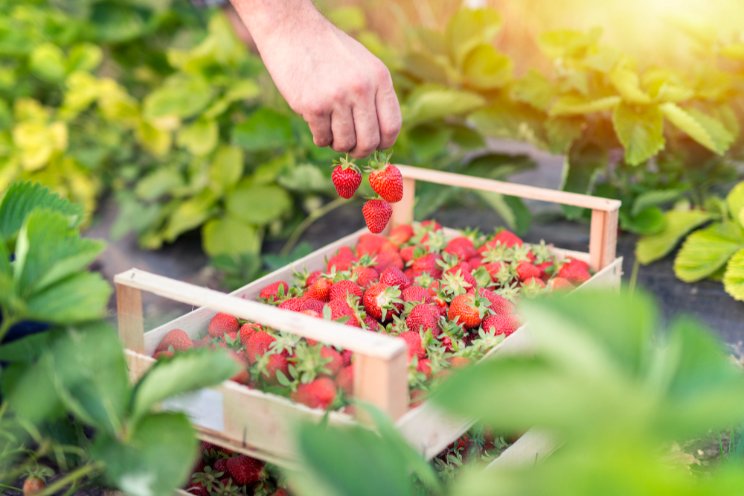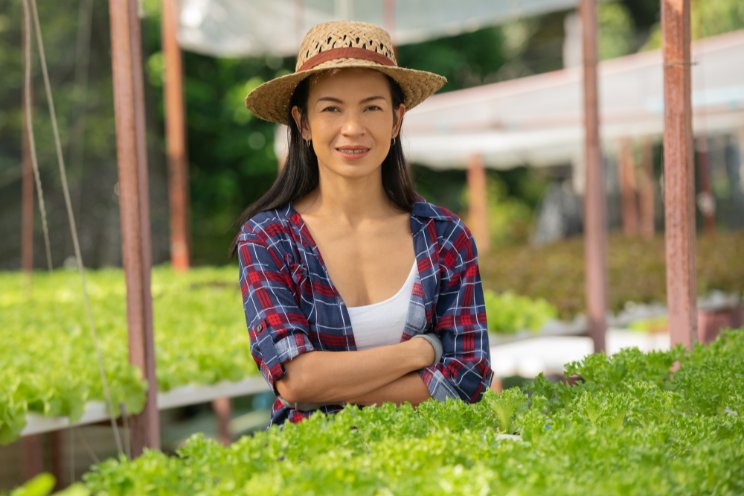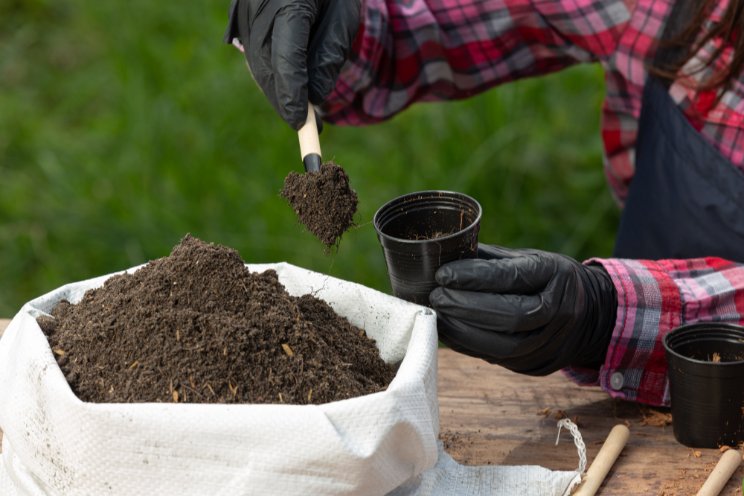Growing cucumbers to max harvest
Added on 10 January 2020

The cucumber is a heat-loving vegetable that is seeded or transplanted after the last spring frost. For many gardeners, that's their only planting of cucumbers. In my garden, I plant cucumbers two to three times for the longest season of high-quality fruits.
The growth and production of most cucumber plants slows a few weeks after the harvest begins. Succession planting stretches the harvest by at least month. When seeding or transplanting a second crop, keep an eye on soil moisture. Warmer summer weather means the soil dries out more quickly, and that can make it more difficult to establish the second planting. I've had success with the following varieties in succession planting:
The Asian variety 'Suyo Long' has long, slender fruits with a sweet flavor and crisp texture. Expect the bumpy fruits to grow up to 15 inches long, but you can harvest them at any size. If the vines grow on the ground the fruits tend to curl. Trellis them for straighter cucumbers.
The Armenian cucumber is technically a muskmelon, but it's generally sold and grown as a cucumber. The skin is thin and never bitter; the fruits are very crisp and mild. While they can grow 24 inches long, we harvest most at a length of 12 to 15 inches.
I'm a big fan of white- and yellow-skinned cucumbers, and among these the miniature 'Salt and Pepper' has a lot of outstanding characteristics. It's resistant to several diseases including powdery mildew and it produces a very heavy crop of three- to five-inch-long, pale white fruits.
'Lemon' is a popular heirloom variety with unique rounded fruits that mature from pale green to bright yellow. They should be harvested when they're green to light yellow. Once they turn lemon yellow, they're overripe.
Source and photo courtesy of Hortmag
Source: Hortmag
More news















